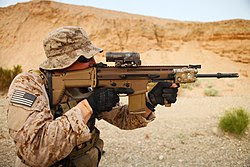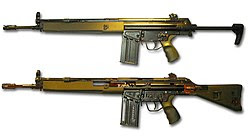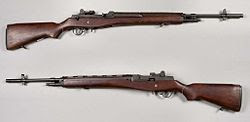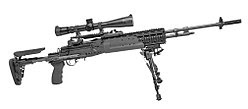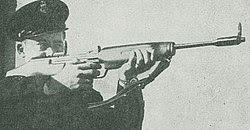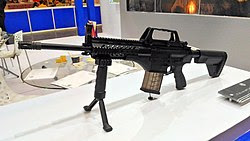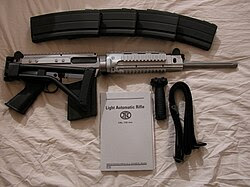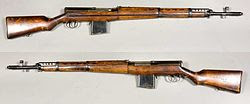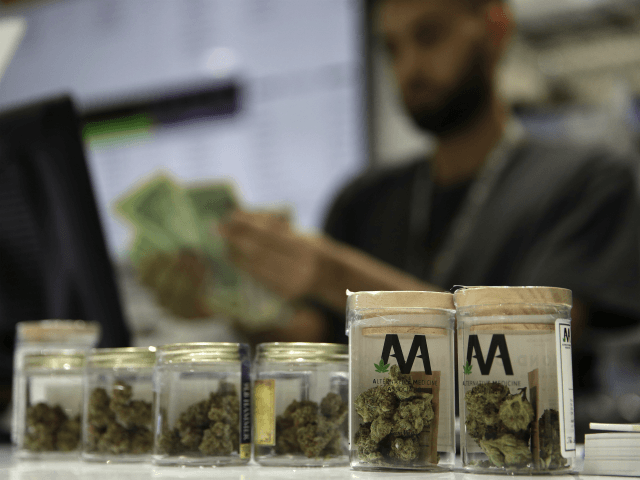All I can say is Thank God for the Founding Fathers & the Inclusion of the Bill of Right in the US Constitution!
Listen & Weep !
New Remington Shotgun
Remington Announces New Line of 870 DM Magazine-Fed Shotguns

courtesy Kat Ainsworth
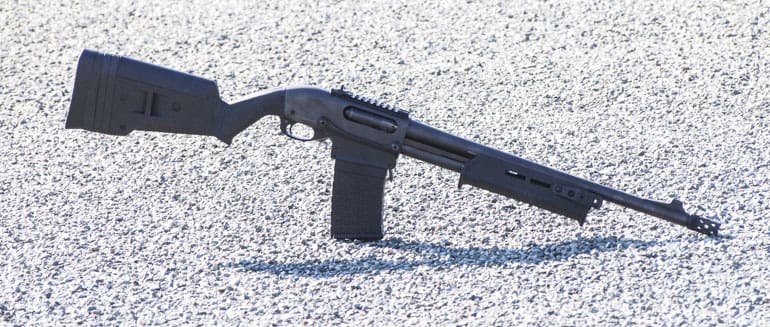
Their new line of magazine-fed 870 DM (detachable magazine, in case you couldn’t decipher that) ships with a single six-round mag giving you seven rounds of quickly re-loadable, heavy hitting firepower — pretty handy to have in a home defense scattergun. And they’re making the DM’s in five different flavors . . .

870 DM (81350)
- 6 Round Detachable Magazine
- Black Synthetic Stock with Super Cell Recoil Pad
- Tactical “Corn Cob” Forend
- 18.5 Inch Fixed Cylinder Bore Barrel
- MSRP – $529.00

870 DM Magpul (81352)
- 6 Round Detachable Magazine
- Magpul SGA Stock with Super Cell Recoil Pad
- Magpul MOE M-LOK Forend
- 18.5 Inch Rem Choke Barrel with Extended Ported Tactical Choke
- XS Steel Front Sight, XS Tactical Rail/Ghost Ring Rear Sight
- MSRP – $799.00

870 DM Tactical / Predator (81354)
- 3 and 6 Round Detachable Magazines
- Over Molded ShurShot Thumbhole Stock with Super Cell Recoil Pad
- Tactical “Corn Cob” Fore-end
- 18.5 Inch Rem Choke Barrel with two Trulock Extended Chokes (Boar Blaster and Turkey /Predator)
- XS Steel Front Sight, XS Tactical Rail/Ghost Ring Rear Sight
- Kryptek Highlander Camo
- MSRP – $799.00

870 DM Hardwood (81351)
- 6 Round Detachable Magazine
- Hardwood Stock and Fore-end
- 18.5 Inch Cylinder Bore Barrel
- Bead Sight
- MSRP – $529

870 DM Tactical (81360)
- 6 Round Detachable Magazine
- Pistol Grip Buttstock and Tactical “Corn Cob” Fore-end
- 18.5 Inch barrel with Extended Ported Tactical Choke
- XS Steel Front Sight, XS Tactical Rail/Ghost Ring Rear Sight
- MSRP – $799
But wait…there’s more! Remmy’s also added magazine capacity to their non-NFA Tac-14 non-shotgun shotgun . . .
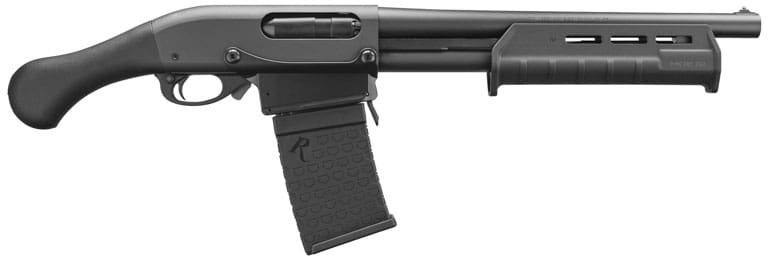
870 DM Tac-14 (81348)
- 6 Round Detachable Magazine
- Shockwave Grip and Magpul Fore-end
- 14 Inch Cylinder Bore barrel
- Bead Sight
- MSRP – $559
I shot a prototype version and while it was slightly stiffer to rack than a standard 870, it cycled flawlessly. Look for our review soon.

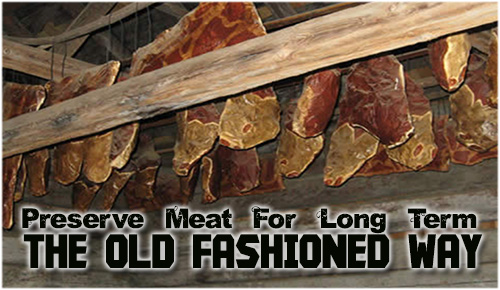
In a SHTF event, chances are that you will not be able to rely on your fridge to preserve your food as usual. People can get overtly reliant on fridges to store their food and this can be a problem.

If you don’t have access to a fridge anymore, what will you do? How will you preserve your meat for later use? People have been using other methods to preserve their food for centuries. This knowledge can come in real useful.
You can start by taking a look in your kitchen. Examine how much food you have and think how much of it would spoil without refrigeration.
Meat would be the first one to go once you lose electricity, but spoiling can be prevented using old-fashioned techniques. Methods such as smoking and curing are just two examples used for a long time, and are efficient when it comes to keeping meat from spoiling.
First, you need to decide on a place where you will store your meat. Ideally, you will want to do it in the coldest area available. Good examples are the attic, a storage shed, a shelter etc. Use a thermometer to check the temperature in each place and decide on the best one.
How to Cure Meat
Curing is a technique which basically involves preserving the meat in salt. This was one of the most common ways of keeping meat fresh in the days before refrigeration. Some still use it today, but now it is more about enhancing the flavor of the meat, not about preserving it.
Meat spoils because it is a good place for bacteria to thrive in. Bacteria need water, and there is a lot of water content in the meat, especially the muscle fibers. This is solved by introducing salt. It will expel a lot of the water from the meat, and creates an environment where bacteria cannot develop and multiply.
 Besides the meat, you will also need a mixture of curing salt and brown sugar. For example, half a pound of salt mixed with a quarter cup of sugar should be enough for ten to twelve pounds of meat.
Besides the meat, you will also need a mixture of curing salt and brown sugar. For example, half a pound of salt mixed with a quarter cup of sugar should be enough for ten to twelve pounds of meat.
The sugar is necessary in order to counterbalance all of the salt, and will also give the meat a distinct flavor. If you like, other sweet products can be used such as honey or maple syrup.
You can also add your favorite herbs and spices if you want, they will also give your meat a unique aroma.
There is another ingredient which, ideally, should be included: sodium nitrite. It is particularly effective at fighting off botulism – a very bad bacterium which you do not want anywhere near your meat. At the same time, high levels of nitrite can also be toxic, and you need to take special care with this step.

To get your copy of Old Time Wisdom click HERE
There are two safe ways for you to add sodium nitrite.
- Using green leafy vegetables such as celery, spinach and lettuce. They all naturally contain sodium nitrite. You can add juice or extract and you will get the sodium nitrite you need.
- Adding pink salt. Also known as Prague Powder #1, this salt already contains a mixture of regular table salt and sodium nitrite in the appropriate composition.
Once you have the necessary ingredients, start cutting the meat into slabs. Pork is commonly used, but you can also use beef or fish. Take a slab and cover it heavily in the salt mixture. Do this with the rest of the meat. After this place it in jars or crocks for storage. Make sure that the meat slabs are tightly packed together.
Take them to your storage destination of choice. Make sure that the temperature is below 38 degrees Fahrenheit, but that it is well above freezing. 36 degrees Fahrenheit is ideal.
After about a month of storage, take the meat out. Take each slab and wrap it in paper or plastic. Either is fine as long as it is moisture-proof. This meat is now ready to be stored and consumed whenever you need it.
How to Brine Meat
The process described above is referred to as dry curing, but there is also a method for wet curing, also known as brining. This technique involves you keeping the meat submerged in a salty solution.
The steps are similar: the meat needs to be cut the same way and placed in jars or crocks. Wash the meat and sterilize the jars before you do.
Now you need to make the salt water. Adding about a pound of salt and half a cup of sugar to three quarts of water should do. Feel free to mix in other ingredients such as herbs and spices. Repeat this process until you have enough water for all of the jars. Fill each one up.
Make sure that the meat is completely submerged. If you are having problems, place a weight on top. Take the meat to your storage area.
Unlike dry curing, the meat will need your attention on a weekly basis. Each week you will have to take the meat out of the jars, stir the brine well and then place it back. After four weeks of repeating this process, your meat is ready. If you find the brine to be getting too thick, you will need to replace it with a fresh batch.
How to Smoke Meat
Smoke has the same effect as salt of keeping away bacteria from your meat. It also gives it a very tasty flavor which is why it is still used today.
If you know of a smokehouse near you, you can take it there, you will save time. If not, you can do the process yourself, but you will need a smoker. The good news is that they are available in all kinds of shapes and sizes, and use various fuels such as propane or charcoal. You can also modify grills or ovens to work as smokers, but the use of a regular smoker for this purpose is recommended.
This method is similar to grilling the meat and will generate a lot of smoke, so it needs to be done outdoors. However, grilling is a quick cooking process that uses high heat, while smoking takes much longer and uses indirect heat at low tempe ratures. The temperature should be anywhere between 150 and 225 degrees Fahrenheit.
ratures. The temperature should be anywhere between 150 and 225 degrees Fahrenheit.
This process is known as hard smoking and it is a way of cooking your meat in a way that will not require refrigeration. The end product will look similar to jerky.
Cold smoking is also available, and uses much lower temperatures below 100 degrees Fahrenheit. This method is only used for flavoring the meat rather than actually cooking it.
There you have it: three ways to prepare and preserve your meat for long periods of time. You should choose the one which is most accessible to you and meets your needs of survival.
We are not used to thinking about what to eat or how to procure food for our children. Again… don’t take anything for granted just because we’re living in good times now.
This article has been written by Bella Scotton for Survivopedia.
Our grandfathers and great-grandfathers were the last generation to practice the basic things that we call survival skills now. Saving our forefathers ways starts with people like you and me actually relearning these skills and putting them to use to live better lives through good times and bad. Claude Davis, the author of ”The Lost Ways Book”, did an amazing job putting together the lost knowledge of our grandfathers.
List of battle rifles
Below is the list of battle rifles. The table is sortable for every column.
Here’s to you sir. May you have many more days with us!
Grumpy




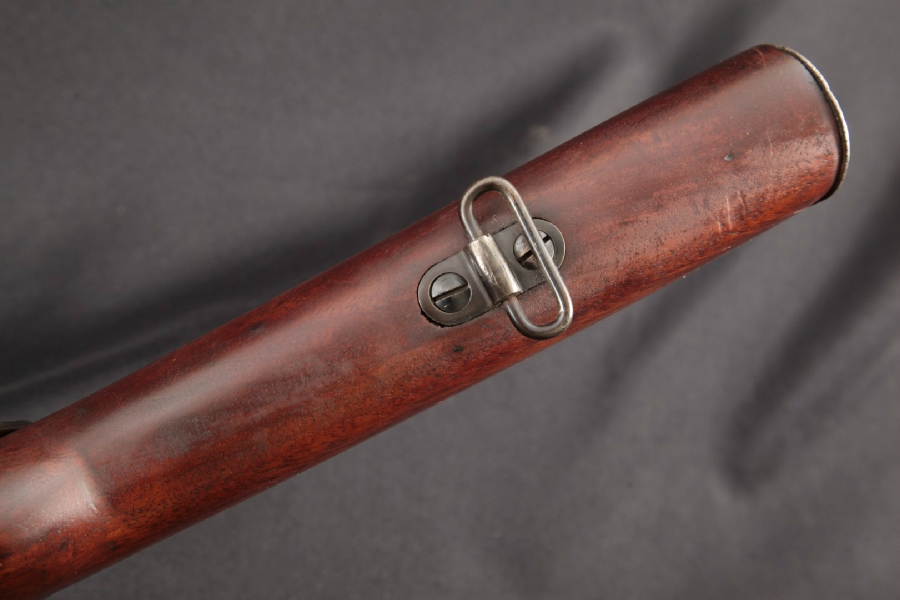
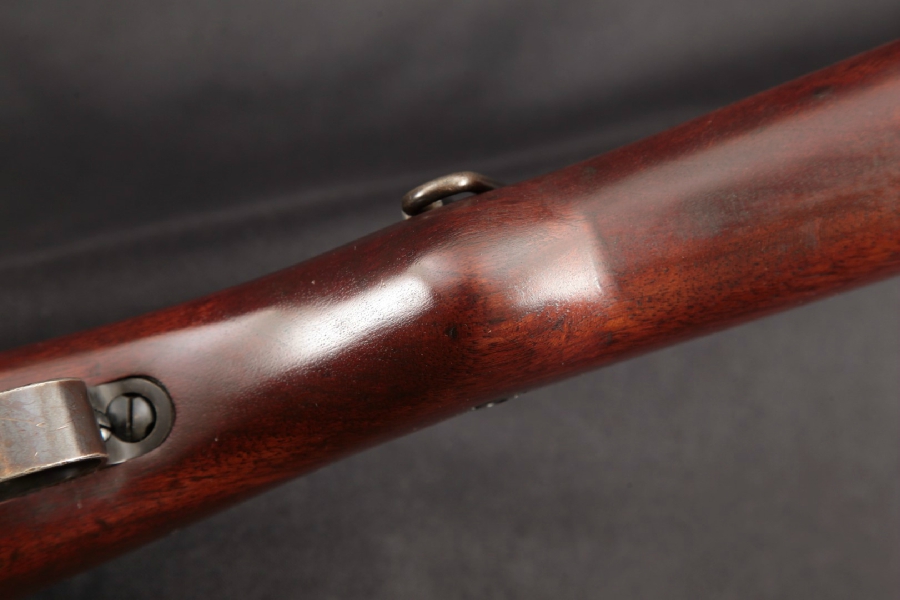
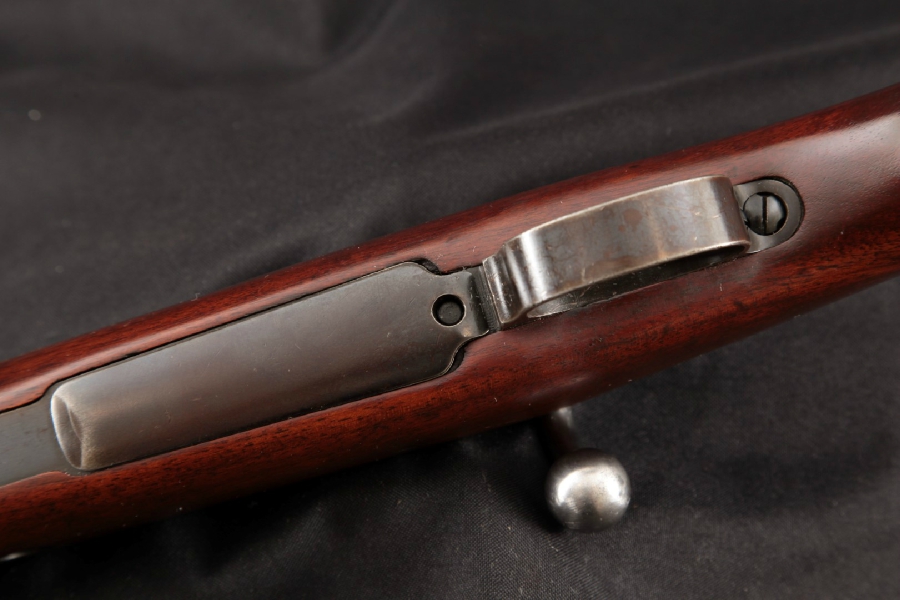
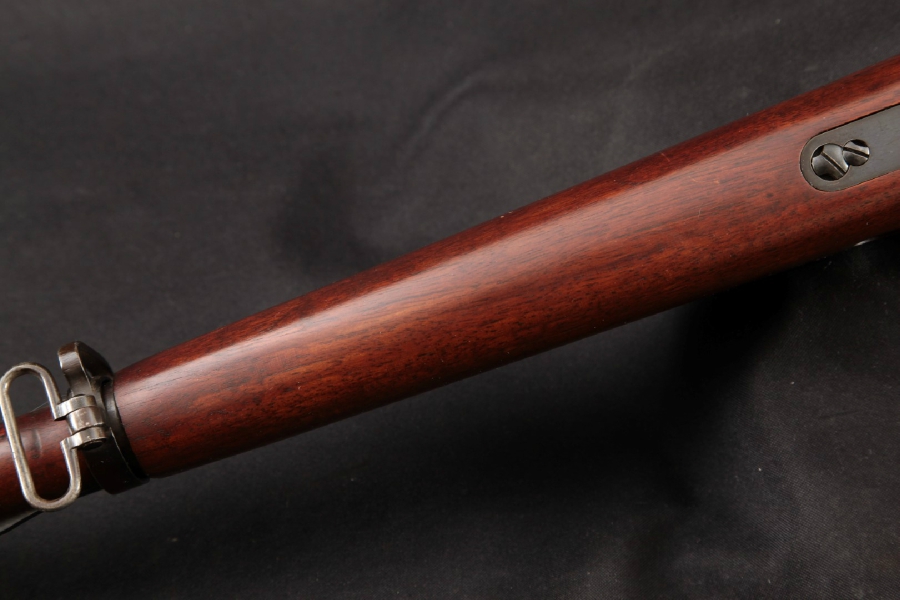
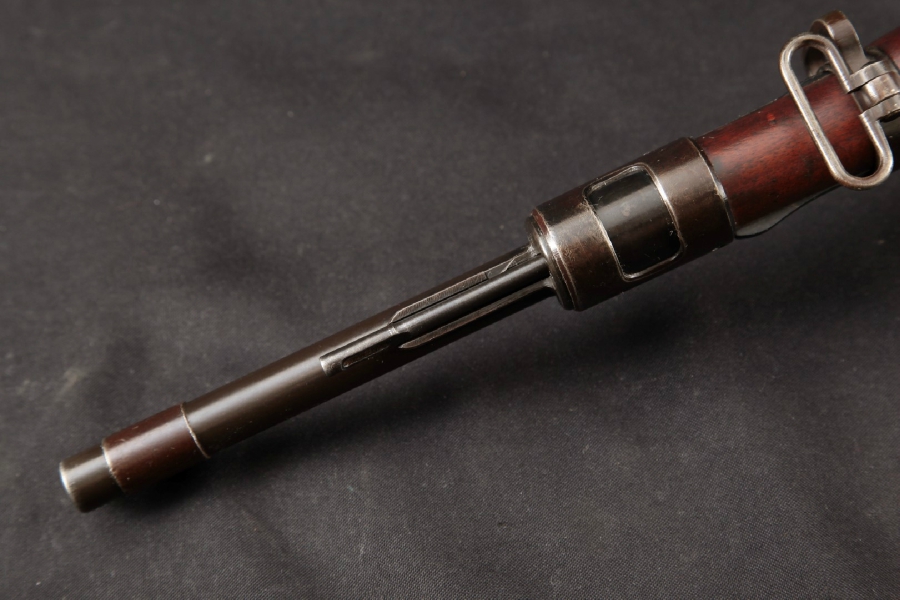
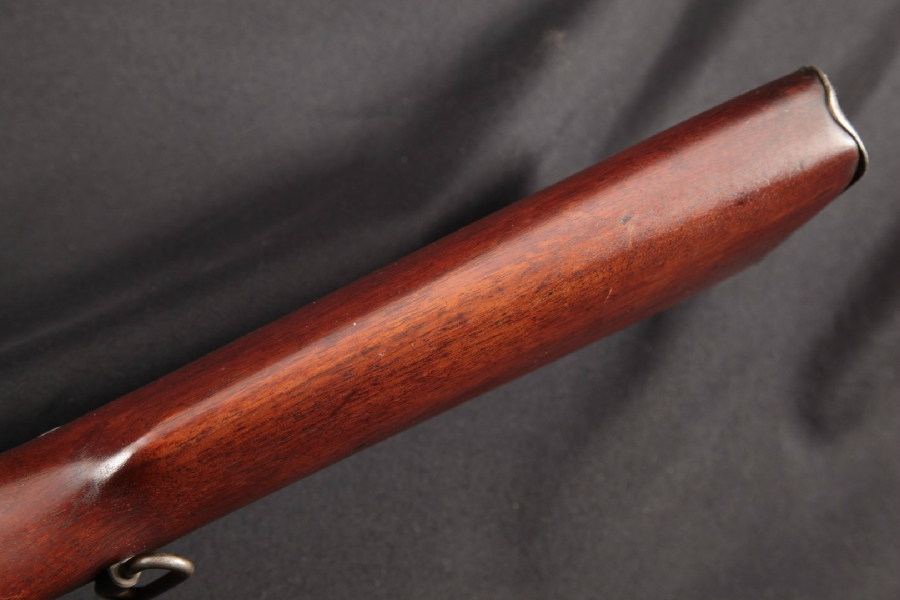

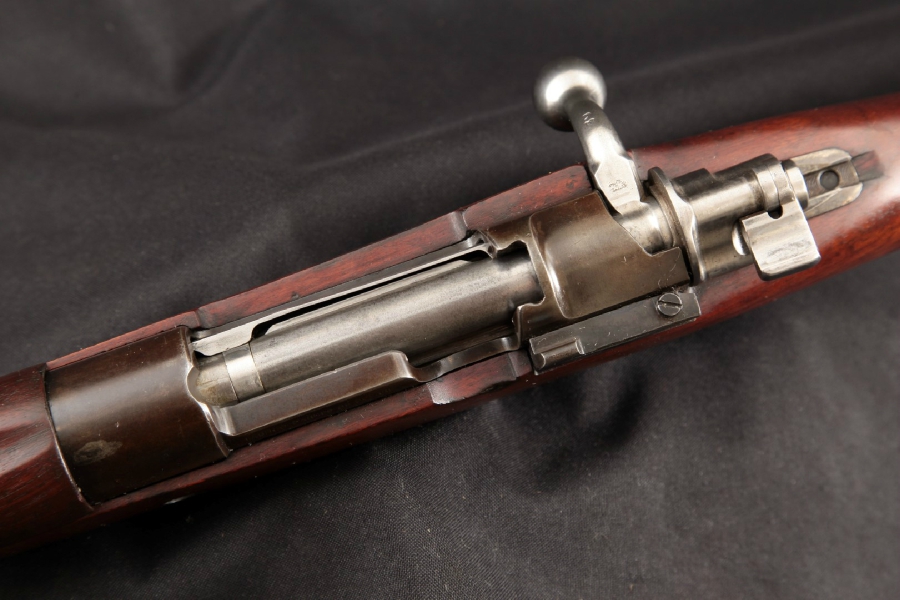
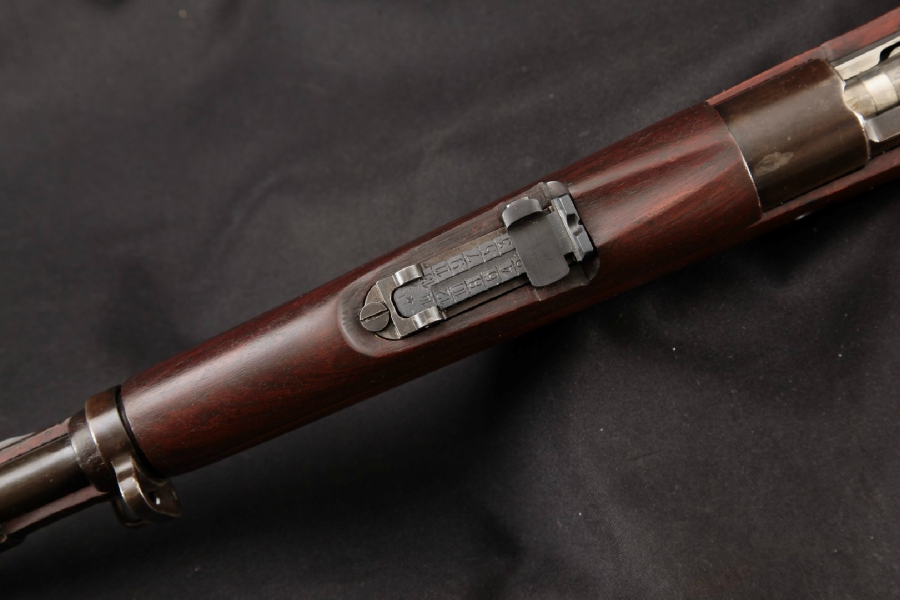

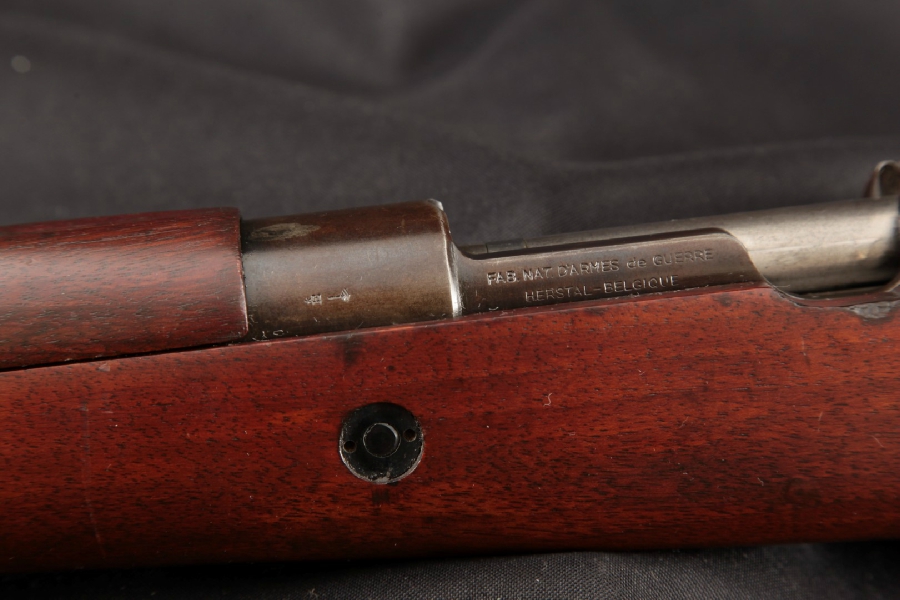
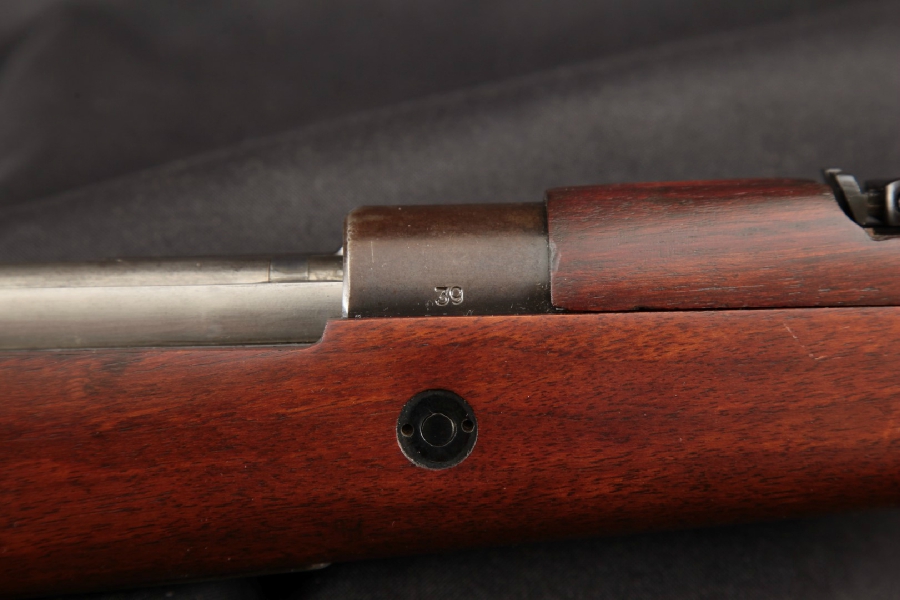
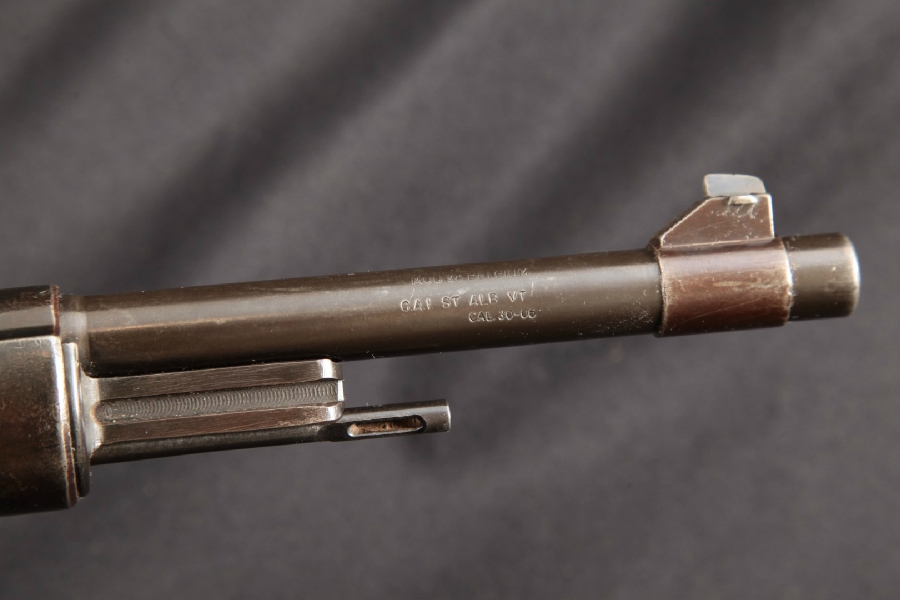


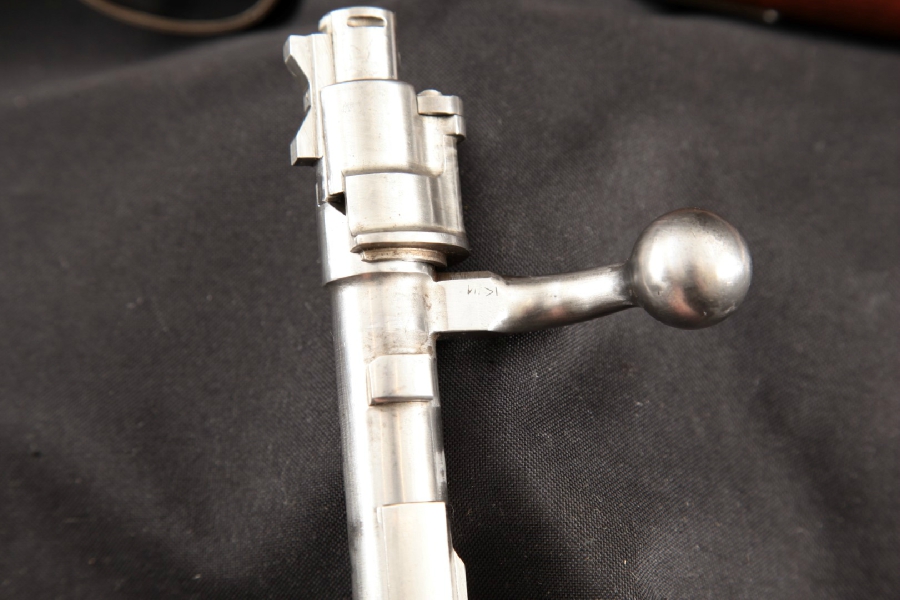
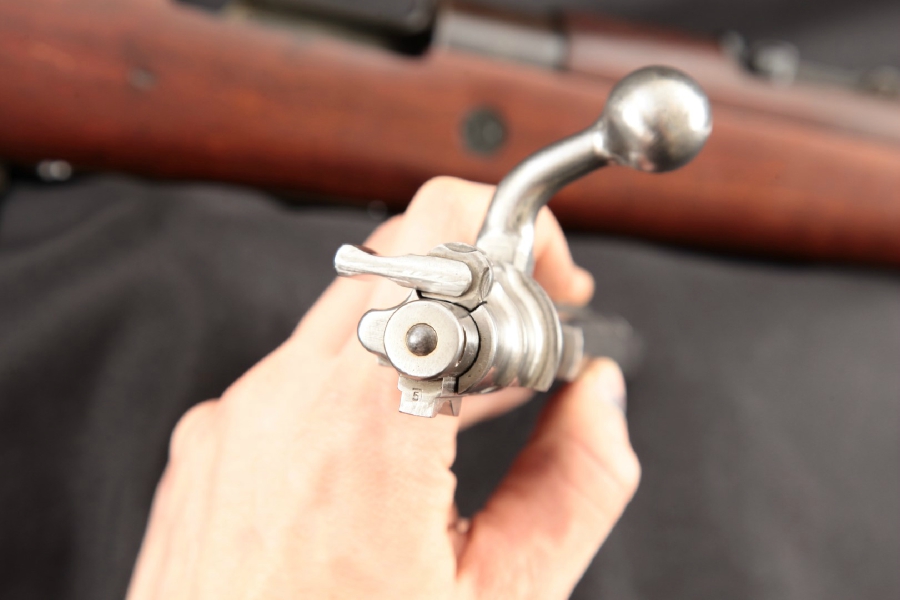


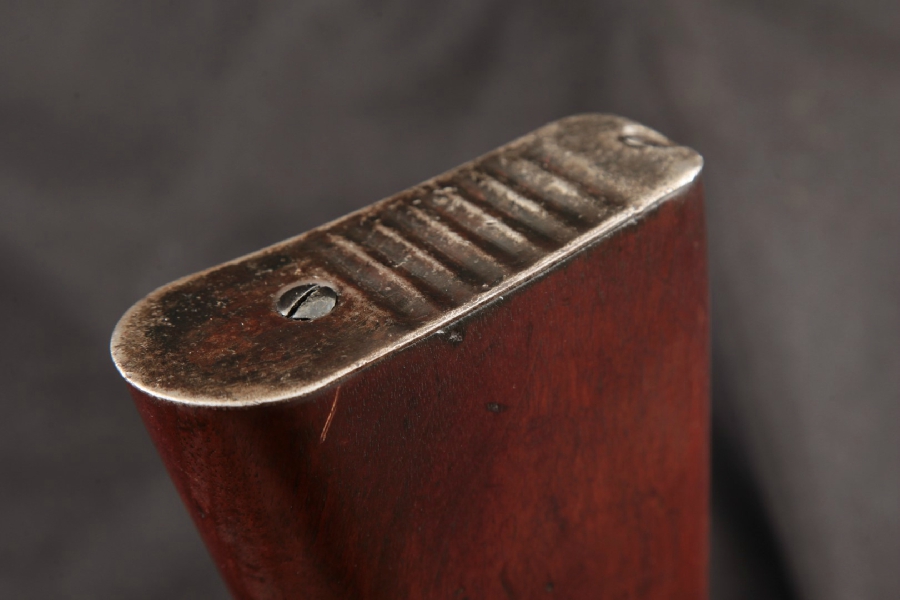
How I see myself!
Then what I really look like!

In light of public backlash the Honolulu Police Department is rethinking its attempt to confiscate firearms from medical marijuana cardholders.
On November 29 Breitbart News reported that the HPD had sent letters to about 30 medical marijuana cardholders ordering them to surrender their guns within 30 days. KITV pointed out that the letters informed cardholders to “surrender weapons, permits, and ammunition to HPD or to transfer ownership.”
The Honolulu Star reported that police have been sending letters throughout the year and the one dated November 13 was signed by HPD chief Susan Ballard. It informed cardholders that their “medical marijuana use disqualifies [them] from ownership of firearms and ammunition.”
The Associated Press reports that the HPD is reviewing the policy after it “sparked backlash from residents.”
Although federal law prohibits firearm purchases by persons who use marijuana, Dr. Clifton Otto said the HPD “cannot justify taking firearms away by citing medical marijuana use as a violation of federal law.” He suggested “federal scheduling of marijuana does not apply for medical use in Hawaii.”
However, on August 31, 2016, Breitbart News reported that the U.S. Court of Appeals for the Ninth Circuit upheld a ban on gun ownership for medical marijuana users as constitutional. The decision came in light of the fact that marijuana use remains illegal on the federal level, whether state-sanctioned or not. This means medical marijuana cardholders cannot pass background check form 4473 and, therefore, cannot legally purchase a firearm.
Does this also mean cardholders cannot keep firearms that they currently possess? That is the question with which the HPD is grappling.
AWR Hawkins is an award winning Second Amendment columnist for Breitbart News, the host of the Breitbart podcast Bullets, and the writer/curator of Down Range with AWR Hawkins, a weekly newsletter focused on all things Second Amendment, also for the Breitbart News.
The Talk: Nonblack Version

There is much talk about “the talk.”
“Sean O’Reilly was 16 when his mother gave him the talk that most black parents give their teenage sons,” Denisa R. Superville of the Hackensack (NJ) Record tells us. Meanwhile, down in Atlanta: “Her sons were 12 and 8 when Marlyn Tillman realized it was time for her to have the talk,” Gracie Bonds Staples writes in the Fort Worth Star-Telegram.
Leonard Greene talks about the talk in the New York Post. Someone bylined as KJ Dell’Antonia talks about the talk in The New York Times. Darryl Owens talks about the talk in the Orlando Sentinel.
Yes, talk about the talk is all over.
There is a talk that nonblack Americans have with their kids, too. My own kids, now 19 and 16, have had it in bits and pieces as subtopics have arisen. If I were to assemble it into a single talk, it would look something like the following.
* * * * * * * * * * * * *
(1) Among your fellow citizens are forty million who identify as black, and whom I shall refer to as black. The cumbersome (and MLK-noncompliant) term “African-American” seems to be in decline, thank goodness. “Colored” and “Negro” are archaisms. What you must call “the ‘N’ word” is used freely among blacks but is taboo to nonblacks.
(2) American blacks are descended from West African populations, with some white and aboriginal-American admixture. The overall average of non-African admixture is 20-25 percent. The admixture distribution is nonlinear, though: “It seems that around 10 percent of the African American population is more than half European in ancestry.” (Same link.)
(3) Your own ancestry is mixed north-European and northeast-Asian, but blacks will take you to be white.
(4) The default principle in everyday personal encounters is, that as a fellow citizen, with the same rights and obligations as yourself, any individual black is entitled to the same courtesies you would extend to a nonblack citizen. That is basic good manners and good citizenship. In some unusual circumstances, however—e.g., paragraph (10h) below—this default principle should be overridden by considerations of personal safety.
(5) As with any population of such a size, there is great variation among blacks in every human trait (except, obviously, the trait of identifying oneself as black). They come fat, thin, tall, short, dumb, smart, introverted, extroverted, honest, crooked, athletic, sedentary, fastidious, sloppy, amiable, and obnoxious. There are black geniuses and black morons. There are black saints and black psychopaths. In a population of forty million, you will find almost any human type. Only at the far, far extremes of certain traits are there absences. There are, for example, no black Fields Medal winners. While this is civilizationally consequential, it will not likely ever be important to you personally. Most people live and die without ever meeting (or wishing to meet) a Fields Medal winner.
(6) As you go through life, however, you will experience an ever larger number of encounters with black Americans. Assuming your encounters are random—for example, not restricted only to black convicted murderers or to black investment bankers—the Law of Large Numbers will inevitably kick in. You will observe that the means—the averages—of many traits are very different for black and white Americans, as has been confirmed by methodical inquiries in the human sciences.
(7) Of most importance to your personal safety are the very different means for antisocial behavior, which you will see reflected in, for instance, school disciplinary measures, political corruption, and criminal convictions.
(8) These differences are magnified by the hostility many blacks feel toward whites. Thus, while black-on-black behavior is more antisocial in the average than is white-on-white behavior, average black-on-white behavior is a degree more antisocialyet.
(9) A small cohort of blacks—in my experience, around five percent—is ferociously hostile to whites and will go to great lengths to inconvenience or harm us. A much larger cohort of blacks—around half—will go along passively if the five percent take leadership in some event. They will do this out of racial solidarity, the natural willingness of most human beings to be led, and a vague feeling that whites have it coming.
(10) Thus, while always attentive to the particular qualities of individuals, on the many occasions where you have nothing to guide you but knowledge of those mean differences, use statistical common sense:
(10a) Avoid concentrations of blacks not all known to you personally.
(10b) Stay out of heavily black neighborhoods.
(10c) If planning a trip to a beach or amusement park at some date, find out whether it is likely to be swamped with blacks on that date (neglect of that one got me the closest I have ever gotten to death by gunshot).
(10d) Do not attend events likely to draw a lot of blacks.
(10e) If you are at some public event at which the number of blacks suddenly swells, leave as quickly as possible.
(10f) Do not settle in a district or municipality run by black politicians.
(10g) Before voting for a black politician, scrutinize his/her character much more carefully than you would a white.
(10h) Do not act the Good Samaritan to blacks in apparent distress, e.g., on the highway.
(10i) If accosted by a strange black in the street, smile and say something polite but keep moving.
(11) The mean intelligence of blacks is much lower than for whites. The least intelligent ten percent of whites have IQs below 81; forty percent of blacks have IQs that low. Only one black in six is more intelligent than the average white; five whites out of six are more intelligent than the average black. These differences show in every test of general cognitive ability that anyone, of any race or nationality, has yet been able to devise. They are reflected in countless everyday situations. “Life is an IQ test.”
(12) There is a magnifying effect here, too, caused by affirmative action. In a pure meritocracy there would be very low proportions of blacks in cognitively demanding jobs. Because of affirmative action, the proportions are higher. In government work, they are very high. Thus, in those encounters with strangers that involve cognitive engagement, ceteris paribus the black stranger will be less intelligent than the white. In such encounters, therefore—for example, at a government office—you will, on average, be dealt with more competently by a white than by a black. If that hostility-based magnifying effect (paragraph 8) is also in play, you will be dealt with more politely, too. “The DMV lady“ is a statistical truth, not a myth.
(13) In that pool of forty million, there are nonetheless many intelligent and well-socialized blacks. (I’ll use IWSB as an ad hoc abbreviation.) You should consciously seek opportunities to make friends with IWSBs. In addition to the ordinary pleasures of friendship, you will gain an amulet against potentially career-destroying accusations of prejudice.
(14) Be aware, however, that there is an issue of supply and demand here. Demand comes from organizations and businesses keen to display racial propriety by employing IWSBs, especially in positions at the interface with the general public—corporate sales reps, TV news presenters, press officers for government agencies, etc.—with corresponding depletion in less visible positions. There is also strong private demand from middle- and upper-class whites for personal bonds with IWSBs, for reasons given in the previous paragraph and also (next paragraph) as status markers.
(15) Unfortunately the demand is greater than the supply, so IWSBs are something of a luxury good, like antique furniture or corporate jets: boasted of by upper-class whites and wealthy organizations, coveted by the less prosperous. To be an IWSB in present-day US society is a height of felicity rarely before attained by any group of human beings in history. Try to curb your envy: it will be taken as prejudice (see paragraph 13).
* * * * * * * * * * * * *
You don’t have to follow my version of the talk point for point; but if you are white or Asian and have kids, you owe it to them to give them some version of the talk. It will save them a lot of time and trouble spent figuring things out for themselves. It may save their lives.
Whitworth rifle



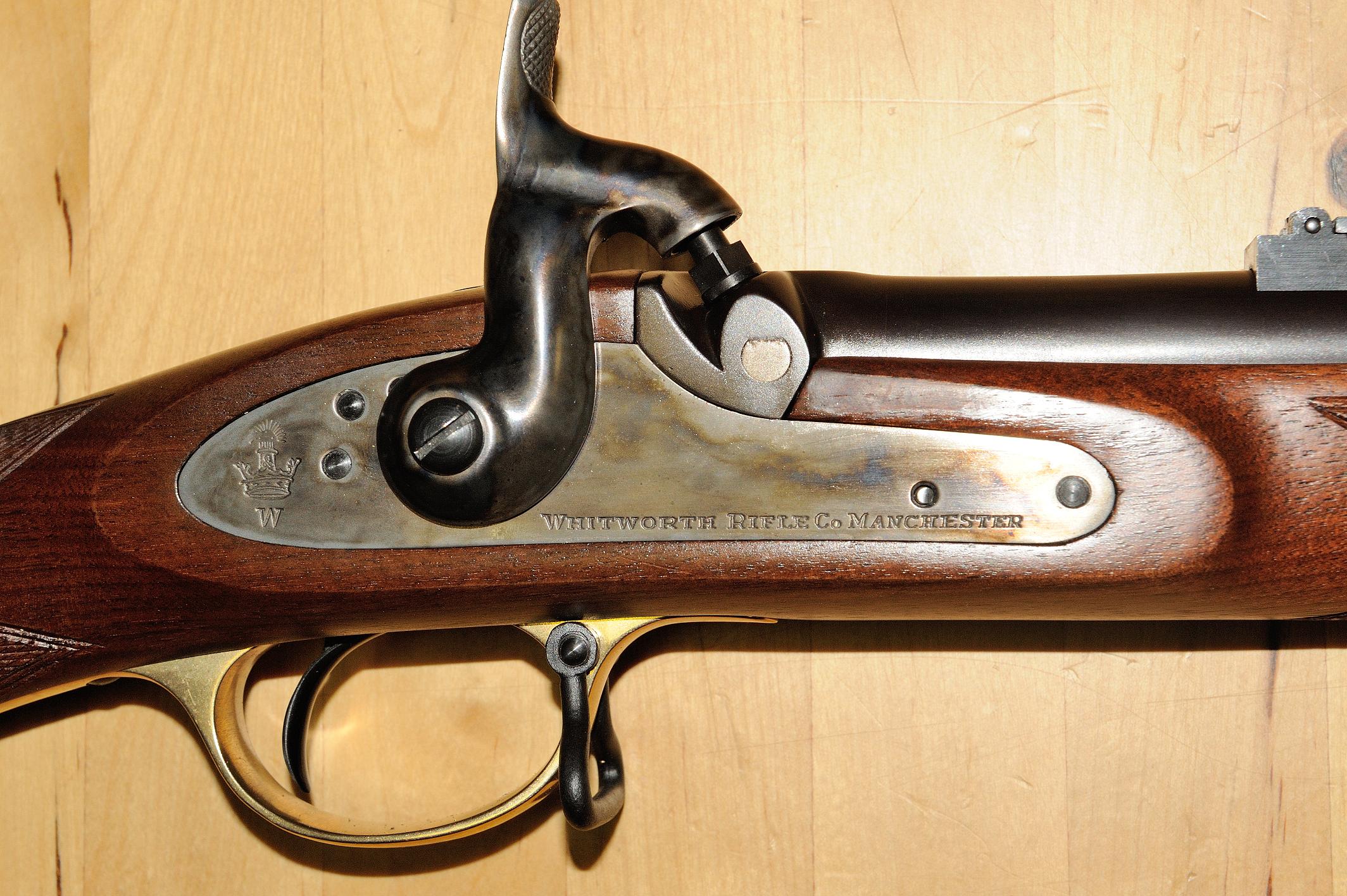
Whitworth rifle
| Whitworth rifle | |
|---|---|
 |
|
| Type | Rifled Musket |
| Place of origin | United Kingdom |
| Service history | |
| Used by | Confederate States of America |
| Wars | American Civil War |
| Production history | |
| Designer | Joseph Whitworth |
| Designed | 1854-1857 |
| Manufacturer | Whitworth Rifle Company |
| Produced | 1857-1865 |
| No. built | 13,400 |
| Specifications | |
| Length | 49 in (1,200 mm) |
| Barrel length | 33 in (840 mm) |
|
|
|
| Cartridge | .451 caliber bullet |
| Caliber | 0.451 in (11.5 mm) |
| Action | muzzle loaded |
| Rate of fire | 2–3 rounds per minute |
| Effective firing range | 800 to 1,000 yd (730 to 910 m) |
| Maximum firing range | 1,500 yd (1,400 m) |
| Feed system | muzzle loader |
The Whitworth Rifle was a single-shot muzzle-loaded
Contents
[hide]
History[edit]
The Whitworth rifle was designed by Sir Joseph Whitworth, a prominent British engineer and entrepreneur. Whitworth had experimented with cannons using polygonal rifling instead of traditional rifled barrels, which was patented in 1854. The hexagonal polygonal rifling meant that the projectile did not have to bite into grooves as was done with conventional rifling. In 1856, this concept was demonstrated in a series of experiments using brass howitzers.
Whitworth believed that the same type of system could be used to create a more accurate rifle to replace the Pattern 1853 Enfield, which had shown some weaknesses during the recent Crimean War. Trials were held in 1857 to compare Whitworth’s design against the Enfield. The Whitworth rifle outperformed the Enfield at a rate of about three to one in the trials, which tested the accuracy and range of both weapons. Notably, the Whitworth rifle was able to hit the target at a range of 2,000 yards, where the Enfield was only able to hit the same target at a range of 1,400 yards.[1]
While the trials were generally a success for the Whitworth rifle, the British government ultimately rejected the design because the Whitworth’s barrel was much more prone to fouling than the Enfield, and the Whitworth rifle also cost approximately four times as much to manufacture. The Whitworth Rifle Company was able to sell the weapon to the French army, and also to the Confederacy during the American Civil War.
Design and features[edit]
While the barrel design of the Whitworth rifle was innovative, the rest of the rifle was similar to other rifles and rifle-muskets used at the time. The rifle was muzzle loaded, and used a percussion lock firing mechanism. The lock mechanism was very similar to that used on the Enfield rifle-musket.
Whitworth chose to use a longer and more slender bullet than was common at the time, which resulted in a bore diameter of .451 caliber, significantly smaller than the Enfield’s .577 caliber bore. Whitworth’s bullets were more stable at longer ranges than the shorter and larger diameter bullets found in other rifles of the time. Whitworth also engineered the barrel with a 1-in-20″ twist, quite a bit tighter than the 1-in-78″ of the 1853 Enfield, or the later 1856/1858 variants with 5 groove barrels and a 1-in-48″ twist. The extra spin the faster twist imparted to the projectile further stabilized the bullet in flight.
The Whitworth rifle weighed 9 pounds. Other long range rifles of the period tended to have much larger and heavier barrels, which made them too heavy for standard infantry use.
Whitworth rifles, being used by sharpshooters, were usually rested against a tree or log while fired to increase their accuracy. Some sharpshooters carried their own forked rests for the rifle, so that a suitable rest was always available.[2]
Use[edit]
In 1860, the British National Rifle Association held its first annual meeting at Wimbledon. Queen Victoria fired the first shot from a Whitworth rifle on a machine rest at 400 yards, and struck the bull’s-eye 1-1/4 inch from its center.[3]
Britain was officially neutral during the American Civil War; however, private arms manufacturers were not required to remain neutral. The Whitworth Rifle Company, for example, sold the rifle to the Confederacy. The Confederate soldiers that used these rifles were referred to as Whitworth Sharpshooters. They accompanied regular infantrymen, and were usually used to eliminate Union artillery gun crews.
According to popular accounts, on May 9, 1864, during the Battle of Spotsylvania Courthouse, Union General John Sedgwick was chiding some of his troops for lying down in a ditch to avoid Confederate sharpshooters at a range of around 800 to 1000 yards. Shots from Confederate Whitworth rifles, easily identifiable due to the shrill whistling noises their hexagonal bullets made in flight, caused members of his staff and artillerymen to duck for cover. Sedgwick strode around in the open and was quoted as saying, “What? Men dodging this way for single bullets? What will you do when they open fire along the whole line? I am ashamed of you. They couldn’t hit an elephant at this distance.” Although ashamed, his men continued to flinch and he repeated, “I’m ashamed of you, dodging that way. They couldn’t hit an elephant at this distance.” Just seconds later he fell forward with a bullet hole below his left eye. At least five Confederate soldiers would later claim that they had fired the fatal shot.
Earlier during the war, the Whitworth was responsible for another high-ranking death. On Sept 19, 1863, at the Battle of Chickamauga, an unnamed Confederate sharpshooter mortally wounded Union General William Lytle, who was leading a charge at the time.[citation needed]
Variants[edit]
Whitworth rifles were made with barrel lengths of 33, 36, and 39 inches, giving the weapon an overall length of 49, 52, and 55 inches respectively.[4] The barrel was attached to the stock using two or three barrel bands, depending on the barrel’s length.
Two types of bullets were used in the Whitworth rifle, hexagonal and cylindrical. The cylindrical bullets had a small hollow base which would expand and grip the hexagonal sides of the barrel, which required that the bullets be made out of very soft lead. The cylindrical bullet, however, easily upsets into the hexagonal bore under the influence of the explosion of the charge of between 80 and 90 grains of fine rifle powder used for this particular firearm – recovered bullets fired from a Whitworth rifle are as hexagonal as their factory-made counterparts. The hexagonal form bullet did not need to expand to properly grip the barrel, and therefore could be made out of a harder alloy than pure lead.[5]
The sights used on Whitworth rifles varied. Some used Enfield type flip up sights that were graduated to 1,200 yards in 100 yard increments. Others used a sliding blade sight with an adjustment for windage. Some had simple fixed front sights, while others used a post and globe front sight. A small number of Whitworth rifles were equipped with a four power telescopic sight, designed by Colonel Davidson which, unlike modern rifle scopes, was attached to the left side of the weapon instead of the top. While the telescopic sight was very advanced for its time, it had a reputation for leaving the user with a black eye due to the rifle’s fairly substantial recoil.
The typical Confederate rifle in the U.S. Civil war had a barrel length of 33 inches, open sights with the front blade being adjustable for windage, and a stock which extended to within a short distance of the muzzle, giving the rifle a snub-nosed appearance.
Modern use[edit]
Modern reproductions of Whitworth rifles were manufactured by Parker-Hale and Euroarms, the Italian manufacturer Pedersoli has begun the production of these rifles in September 2015. These rifles are used by Civil War re-enactors and those who have an interest in 19th century firearms, however the Civil War military variants were all “2-band” with 33″ barrels, while the reproduction rifles made as of 2017 are all the longer barreled, “3-band”, civilian versions of the famed rifle . Many riflemen enjoy using these rifles in target shooting competition at ranges up to 1,000 yards.
References[edit]
- Jump up^ “Minutes of proceedings of the Institution of Civil Engineers, Volume 19” By Institution of Civil Engineers (Great Britain)
- Jump up^ “Through the Crosshairs: A History of Snipers” By Andy Dougan
- Jump up^ “The gun and its development” By William Wellington Greener
- Jump up^ “U.S. and Confederate Arms and Armories During the American Civil War: Arms imported from Europe during the American Civil War, 1861-1865” By James P. Whisker
- Jump up^ “Gunshot injuries, their history, characteristic features, complications, general treatment” By Sir Thomas Longmore









